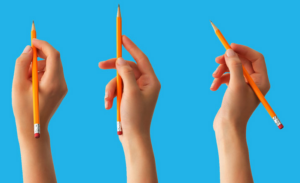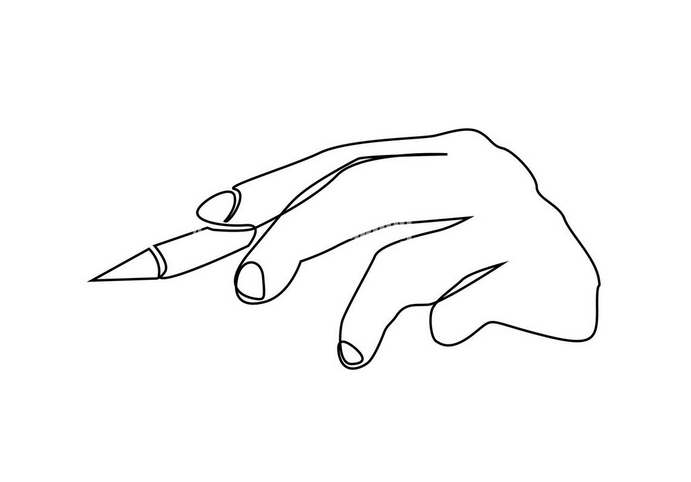
Pencils
A good set of pencils is the foundation of any drawing toolkit. Opt for high-quality graphite pencils in various grades to achieve different levels of darkness and texture in your drawings. HB, 2B, and 4B pencils are commonly used for sketching and shading, while harder pencils like 2H are ideal for creating fine lines and details.
Erasers
Erasers are indispensable tools for correcting mistakes and refining details in your pointing-finger drawings. Invest in a variety of erasers, including kneaded erasers for lifting graphite without damaging the paper, and precision erasers for erasing fine lines and highlights with accuracy.
Drawing Paper
The type of paper you use can significantly impact the outcome of your pointing finger drawings. Choose a smooth, heavyweight paper with a fine grain to provide a stable surface for your artwork and ensure that it can withstand multiple layers of graphite and erasing without smudging or tearing.
Blending Tools
Blending tools such as blending stumps, tortillons, and blending brushes are essential for achieving smooth transitions and realistic textures in your pointing-finger drawings. These tools allow you to blend and smudge graphite to create subtle gradients and soft edges, adding depth and dimension to your artwork.
Rulers and Protractors
While pointing finger drawings may not always require precise measurements, having rulers and protractors on hand can be useful for ensuring accurate proportions and angles in your compositions. Use them to sketch guidelines and plot out the placement of fingers and other elements in your drawing.
Digital Drawing Tablets
For artists who prefer digital drawing, a graphics tablet or pen display can be an invaluable tool for creating pointing finger drawings digitally. These devices offer pressure sensitivity, customizable settings, and a range of digital brushes and tools that mimic traditional drawing techniques with the added flexibility of digital editing and manipulation.
Drawing Software
Pair your digital drawing tablet with professional drawing software such as Adobe Photoshop, Clip Studio Paint, or Procreate for optimal results. These programs offer a wide range of features and capabilities for creating and editing pointing finger drawings, including layer management, brush customization, and advanced blending options.
Lighting
Good lighting is essential for accurately observing reference images and details while drawing. Invest in a quality desk lamp with adjustable brightness and colour temperature to create optimal lighting conditions for your workspace. Natural daylight bulbs are ideal for simulating natural light and minimizing eye strain during long drawing sessions.
Reference Materials
Finally, don’t forget to gather plenty of reference materials to inspire and guide your pointing-finger drawings. Study photographs, anatomical drawings, and real-life observations to understand the structure and proportions of the hand and fingers, and use them as a reference for your artwork.
Coloured Pencils
While graphite pencils are commonly used for pointing finger drawings, coloured pencils can add depth and visual interest to your artwork. Experimenting with coloured pencils allows you to incorporate shading, highlights, and texture into your drawings, creating dynamic and vibrant compositions.
Fine Liners and Pens
Fine liners and pens are ideal for adding intricate details, such as wrinkles, creases, and textures, to your pointing-finger drawings. They come in various nib sizes, allowing you to create both bold outlines and delicate linework with precision.
Charcoal and Pastels
Charcoal and pastels offer rich, bold pigments that can add drama and intensity to your pointing-finger drawings. These media are particularly effective for creating expressive, gestural drawings with loose, dynamic lines and dramatic contrasts.
Conclusion
By assembling a comprehensive toolkit of pointing finger drawing tools, you’ll be well-equipped to tackle any drawing challenge. This also unleashes your creativity with confidence. Experiment with different tools and techniques to find what works best for you, and don’t be afraid to push the boundaries of your artistic skills. With dedication, practice, and the right tools at your disposal, you’ll be creating stunning pointing-finger drawings in no time.

